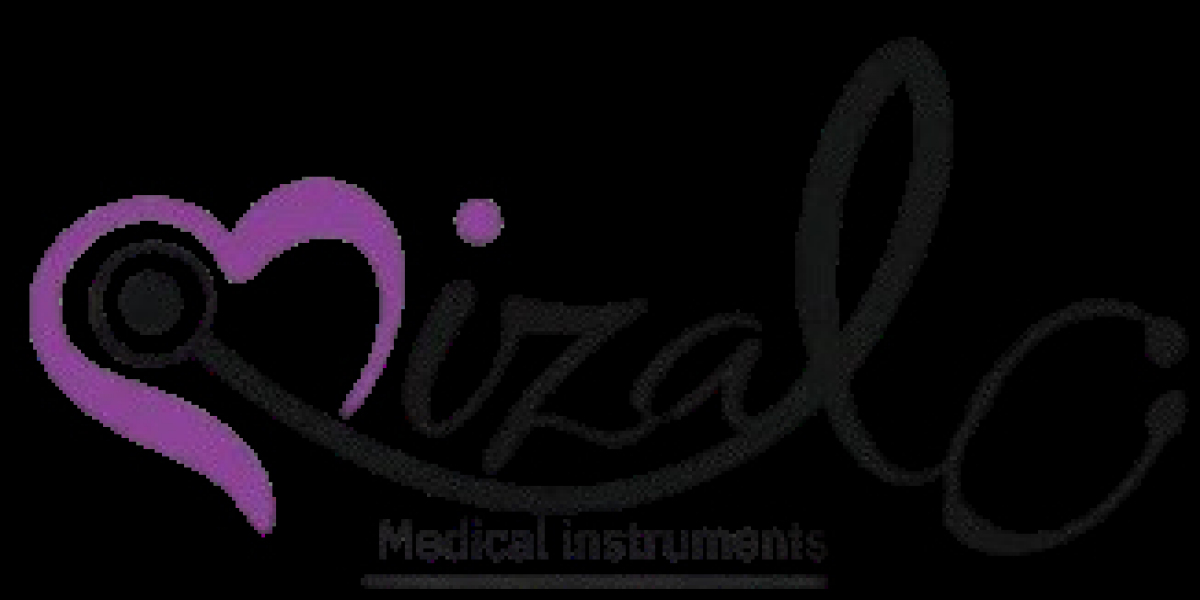Dental instruments are indispensable tools in the field of dentistry, allowing professionals to deliver accurate diagnoses and effective treatments. With a wide array of instruments designed for specific purposes, they form the foundation of modern dental care. From routine checkups to intricate surgical procedures, these tools ensure precision, efficiency, and patient comfort.
This guide delves into the different types of dental instruments, their uses, and the advancements shaping their development.
The Importance of Dental Instruments
Every dental procedure relies on specialized instruments to achieve optimal results. These tools are meticulously crafted to meet the unique challenges of oral healthcare, from examining the smallest cavities to performing complex root canals or extractions. By understanding their functions, dentists can maximize efficiency while ensuring patient safety and comfort.
Categories of Dental Instruments
Dental instruments can be broadly classified into six main categories: diagnostic, preventive, restorative, surgical, endodontic, and orthodontic. Each serves a specific role in maintaining and improving oral health.
1. Diagnostic Instruments
Diagnostic tools are essential for identifying oral health issues and planning treatments.
- Mouth Mirror: Reflects light and provides visibility in hard-to-reach areas while retracting tissues.
- Explorer (Probe): Used to detect cavities, plaque, and irregularities on tooth surfaces.
- Periodontal Probe: Measures gum pocket depth to assess periodontal health.
These instruments are the first tools used during a dental examination, setting the stage for effective treatment planning.
2. Preventive Instruments
Preventive instruments are focused on maintaining oral hygiene and preventing dental issues like cavities or gum disease.
- Scalers: Remove plaque and tartar buildup from teeth surfaces.
- Curettes: Clean below the gumline and in periodontal pockets to prevent infections.
- Polishing Brushes and Cups: Smooth teeth surfaces after scaling, often used with polishing paste.
Preventive care is essential in promoting long-term oral health and minimizing the need for restorative treatments.
3. Restorative Instruments
Restorative instruments repair damaged or decayed teeth, restoring their function and aesthetics.
- Excavators: Remove decayed material from cavities.
- Condensers: Compact restorative material into prepared cavities.
- Composite Placement Instruments: Designed to shape and smooth composite resin during fillings.
- Carvers: Shape and contour fillings to mimic the natural anatomy of teeth.
These tools are critical in restoring smiles and ensuring functionality.
4. Surgical Instruments
Surgical tools are used in invasive procedures such as extractions, implant placements, and gum surgeries.
- Extraction Forceps: Grip and remove teeth securely.
- Elevators: Loosen teeth or roots from their sockets.
- Scalpels: Make precise incisions in soft tissues.
- Suction Tips: Remove saliva and debris during surgeries for a clear field of view.
- Bone Rongeurs: Trim and shape bone during surgical interventions.
Surgical instruments allow for precision in complex procedures, ensuring successful outcomes.
5. Endodontic Instruments
Endodontic tools specialize in treating issues related to the pulp and root system of teeth.
- Root Canal Files: Clean and shape root canals during treatment.
- Spreaders and Pluggers: Compact filling materials like gutta-percha within the canals.
- Apex Locators: Measure the length of the root canal for accurate treatment.
- Irrigation Syringes: Flush out debris and disinfect root canals.
Endodontic instruments are essential for preserving teeth that would otherwise require extraction.
6. Orthodontic Instruments
Orthodontic tools are designed to correct misaligned teeth and jaw irregularities.
- Brackets and Bands: Attach to teeth to hold archwires in place.
- Archwires: Apply pressure to guide teeth into proper alignment.
- Pliers: Adjust and secure orthodontic components like wires and brackets.
- Ligature Tying Tools: Secure elastic or metal ties to brackets.
Orthodontic instruments play a pivotal role in achieving straighter, healthier smiles.
Advancements in Dental Instrumentation
Modern dentistry has witnessed remarkable advancements in dental instruments, enhancing precision, efficiency, and patient comfort.
- Laser Dentistry Tools: Offer minimally invasive options for soft and hard tissue procedures.
- Electric Handpieces: Provide consistent power and quieter operation compared to traditional drills.
- Digital Scanners: Capture detailed 3D images for accurate diagnostics and treatment planning.
- Ultrasonic Scalers: Use high-frequency vibrations to remove tartar and plaque effectively.
- Single-Use Instruments: Ensure hygiene and reduce the risk of cross-contamination.
These innovations demonstrate the integration of technology into dental care, improving outcomes for both patients and practitioners.
The Importance of Sterilization in Dental Instruments
Sterilization is a critical aspect of dental practice, ensuring patient safety by preventing cross-contamination and infections. Dentists adhere to stringent protocols to maintain instrument hygiene.
- Autoclaving: Uses high-pressure steam to sterilize instruments effectively.
- Ultrasonic Cleaning: Removes debris and particles from instruments before sterilization.
- Chemical Sterilization: Suitable for heat-sensitive tools, using solutions like glutaraldehyde.
- Disposable Instruments: Provide single-use options for maximum hygiene.
Proper sterilization safeguards both patients and dental professionals, emphasizing the importance of infection control.
Ergonomics in Dental Instruments
Modern dental instruments are designed with ergonomics in mind to reduce strain on practitioners and enhance control. Features like lightweight materials, textured grips, and balanced designs ensure comfort and precision during procedures.
Conclusion
Dental instruments are at the heart of effective oral healthcare, enabling dentists to deliver precise, efficient, and compassionate care. From basic diagnostic tools to advanced surgical devices, these instruments ensure optimal results in every aspect of dentistry.
As technology continues to evolve, dental instruments are becoming more innovative, paving the way for minimally invasive procedures, improved patient experiences, and enhanced treatment outcomes. Whether you’re a dental professional or someone curious about dentistry, understanding the role of these tools highlights their significance in transforming smiles and lives alike.









